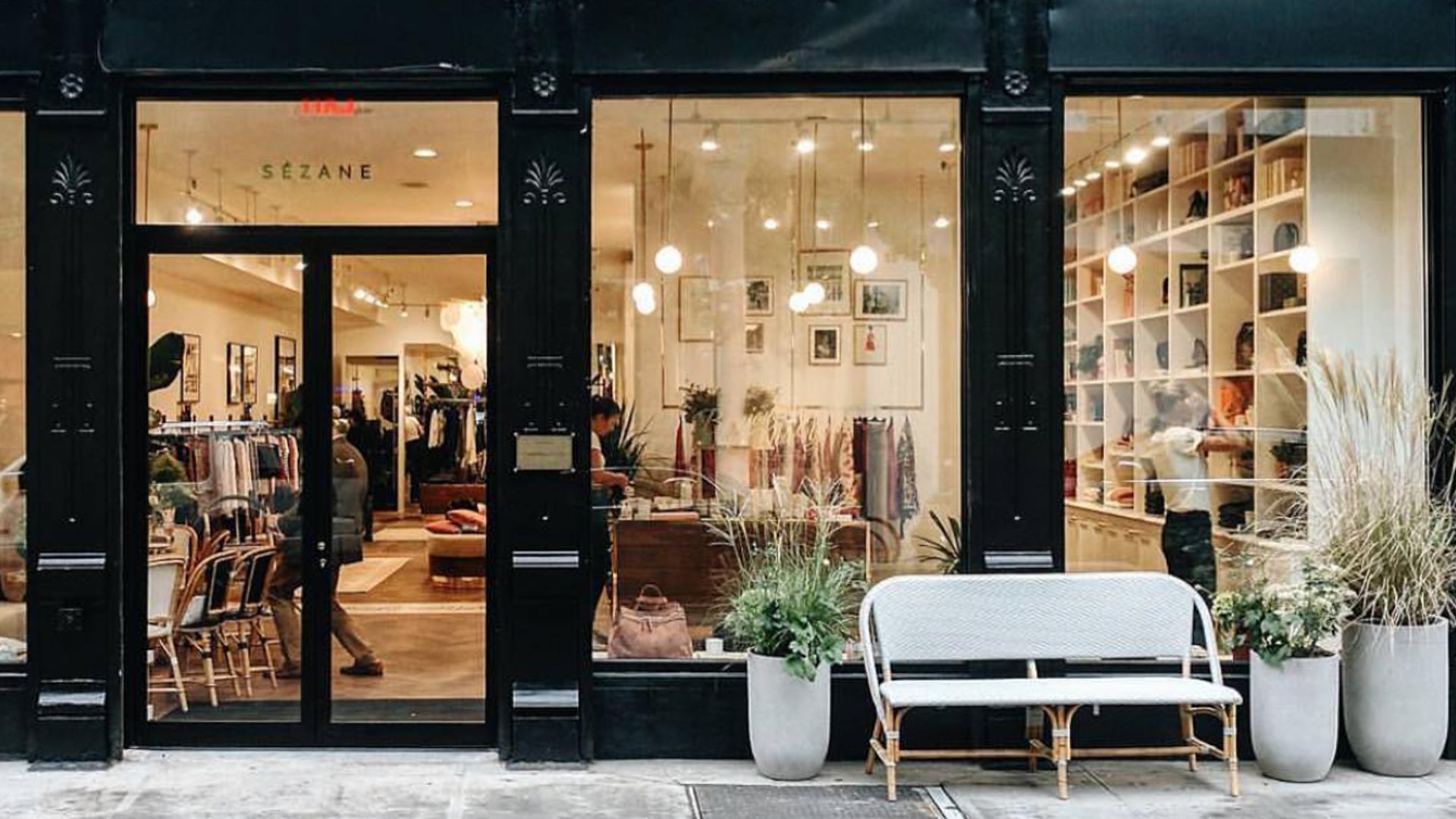The Surge of Online Buying: Searching For Boutique Fashion at Your Fingertips
The Surge of Online Buying: Searching For Boutique Fashion at Your Fingertips
Blog Article
A Deep Dive Into the Globe of High-Fashion Runways: Comprehending Garments as Art
Designers, a lot like masterful artists, weave intricate narratives with form, color, and textile, redefining and challenging traditional norms beauty criteria. As we explore these sartorial spectacles, we must contemplate: what function does style play in shaping social values, and exactly how does it reflect the ever-changing tapestry of human emotion and identification?
The Advancement of Runway Shows
The trajectory of path shows has actually changed dramatically over the years, developing from special sector events to fascinating spectacles that mix fashion with art. Traditionally, runway programs were intimate affairs, kept in ateliers or small venues, mostly gone to by purchasers and sector experts. These early discussions concentrated on the garments' workmanship and industrial stability, using a straight and practical screen of seasonal collections.
As the style market increased, the nature of path shows began to change. The 1970s and 1980s noted a transforming factor, with developers looking for to identify themselves through more staged discussions.
Over the last few years, technology and social media sites have additionally changed runway shows, making them accessible to an international target market. Livestreaming and electronic platforms have actually democratized style, allowing lovers worldwide to witness these occasions in real-time (boutique fashion). This development shows a more comprehensive social change, where high-fashion runways serve as a dynamic crossway of performance, development, and design
Designers as Dreamer Artists
How have designers transcended their roles to come to be visionary artists? Designers in the high-fashion sector have blurred the lines in between practical garment production and the theoretical realm of art. This transformation appears in the way they approach their collections, not just as clothing but as extensive expressions of culture, identification, and feeling. By embracing creative self-controls such as sculpture, painting, and progressive setups, developers craft garments that test typical style norms and elevate them to art forms.
Visionary designers attract ideas from a myriad of resources, consisting of abstract art, historic referrals, and personal stories. They have a distinct capability to visualize and appear ideas that press the limits of conventional style, frequently redefining visual paradigms at the same time. This imaginative resourcefulness is showcased through remarkable silhouettes, innovative materials, and elaborate craftsmanship, which invite customers to experience style as greater than just wearable items.
Moreover, the runway serves as a canvas for these musicians, where lighting, music, and set design coalesce to develop immersive experiences. These discussions are not merely screens of clothing yet are coordinated performances that evoke feeling and prompt idea, affirming the designer's role as a true artist in the modern cultural imp source landscape.
Social Influences in Style
Cultural tapestry weaves its detailed patterns into the textile of fashion, influencing developers around the world. The dynamic interchange of cultural stories, customs, and icons notifies and influences collections that elegance high-fashion runways. Designers diligently draw from their heritage or engage with cultures distinctive from their very own, crafting garments that offer as visual narratives. This cultural dialogue not only enriches the aesthetic diversity however also fosters a much deeper understanding and gratitude of international identities.
The influence of society on style is typically seen in the reinterpretation of traditional garments and patterns. The use of Japanese kimonos, Indian saris, or African prints in contemporary fashion reflects a mix of cultural authenticity and modern visual appeals. Designers such as Valentino's Pierpaolo Piccioli and Alexander McQueen's Sarah Burton have actually been known to include rich cultural motifs right into their couture collections, equating background right into wearable art.

Technology in Material and Layout
Technology in fabric and design constantly improves the landscape of high-fashion, pressing borders and redefining opportunities. Designers are increasingly discovering the integration of modern technology, such as 3D printing, which allows for the creation of complex frameworks that were previously unthinkable.
The fashion sector is experiencing a surge in the usage of environmentally friendly products, derived from recycled plastics, helpful resources organic fibers, and even naturally degradable components. Designers are embracing these products to craft garments that are both aesthetically striking and aware of their environmental footprint.
In terms of layout, avant-garde shapes and speculative types are continuously changing the path. By including unconventional materials and sophisticated strategies, designers grow garments that obscure the line in between fashion and art, establishing brand-new criteria for creative thinking and expression in the high-fashion round.
Effect of Fashion on Society
Style wields a profound impact on culture, serving as both a representation of cultural identity and a stimulant for social adjustment (boutique fashion). Through its advancement, style has mirrored societal changes, encapsulating the zeitgeist of various ages.
In addition, fashion has the power to bridge social voids, fostering understanding and appreciation amongst varied groups. As globalisation speeds up, the cross-cultural exchange of fashion ideas ends up being progressively substantial, promoting inclusivity and variety. The increase of streetwear, originating from city subcultures, shows exactly how style can go beyond socio-economic borders, providing people a means of self-expression and empowerment.
Essentially, fashion is not just regarding visual appeals; it is a dynamic force that influences worths, attitudes, and societal progression (boutique fashion). By constantly interacting with social and social currents, style continues to be an important part of the collective human experience

Verdict
Designers, comparable to visionary musicians, coordinate collections that mirror identification, emotion, and social narratives, testing standard visual appeals. This junction of fashion and artistry not only astounds audiences worldwide but additionally influences societal assumptions and advertises a much deeper appreciation for cultural variety.

Cultural tapestry weaves its detailed patterns right into the fabric of style, influencing developers globally.Fashion wields an extensive influence on culture, offering as both a reflection of cultural identification More Bonuses and a catalyst for social modification.
Report this page